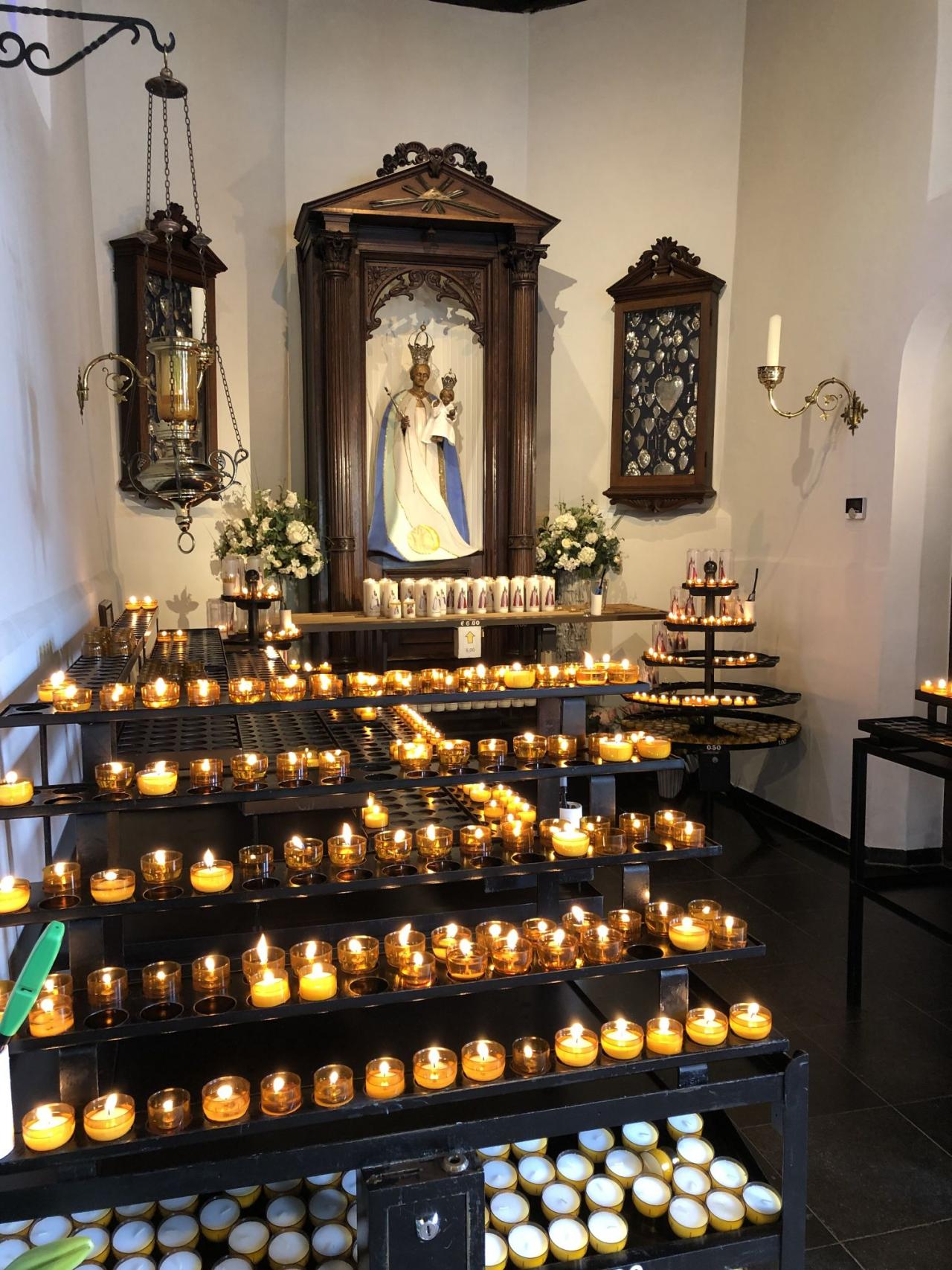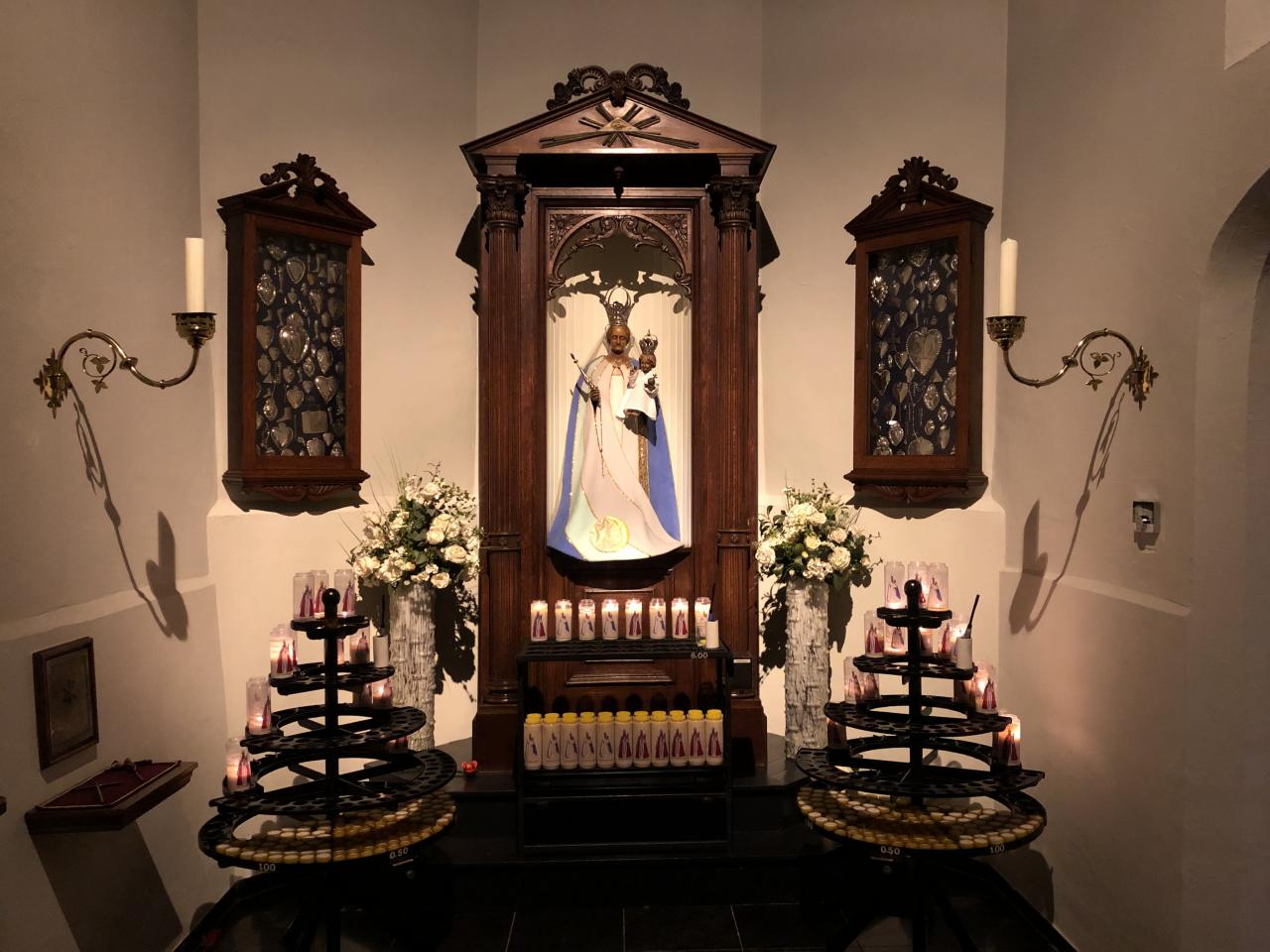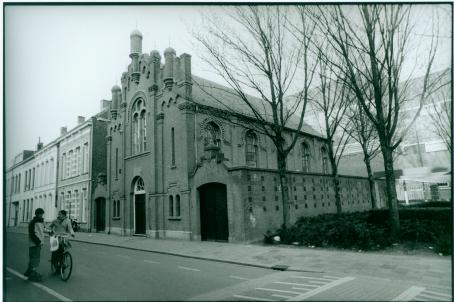Hasselt Chapel (Hasseltse Kapel)






Hasseltplein, where time seems to have stood still, is one of the best-preserved spots in Tilburg. The Hasselt Chapel (Hasseltse Kapel) is located in that oasis of peace and stillness. A striking and modest centerpiece at the same time. The chapel is the oldest monument in the city and the only (late) medieval building in Tilburg. It was probably founded around the year 1500.
About this building
Past, present and future meet in the Hasselt Chapel. Despite its age, the chapel is very much alive. Young and old, Catholics and members of other denominations, are familiar with the chapel and come for a moment of peace in this hectic life, to pray, or just for a moment of reflection. Tourists, who are curious about the past, come in and take a look. Couples get married here, ready for a future together. Others come for a beautiful concert or a special lecture. The chapel offers a place for all kinds of religious experiences. In the Hasselt Chapel you are free to be who you are. Everyone is welcome. Mary invites you hospitably. The Hasselt Chapel is first and foremost a devotion chapel. Here, Mary is the central figure. Jesus' mother offers comfort, concern, encouragement, gratitude, and joy. Anyone can turn to her. People visit Mary almost every moment of the day. That is why the chapel is seven days a week. Even during special celebrations, such as a wedding service, it is also possible to walk in. Candles burn around the image of Mary day and night. Lighting a candle is one of the rituals in the chapel. People often write their thoughts in a special book. They come with questions, want to share their concerns or want to thank Mary for something that happened in their lives. The Hasselt Chapel also offers other religious ceremonies. Like the Candlelight Procession in October. In addition, the chapel is widely used for church wedding ceremonies and other celebrations. Both for Catholics and non-Catholics. The chapel is also popular as a cultural center. The special atmosphere and excellent acoustics make the chapel well suited for various cultural and social activities. Throughout the year, music lovers can attend small-scale, surprising concerts. Furthermore, other cultural activities take place regularly, such as expositions and lectures.



